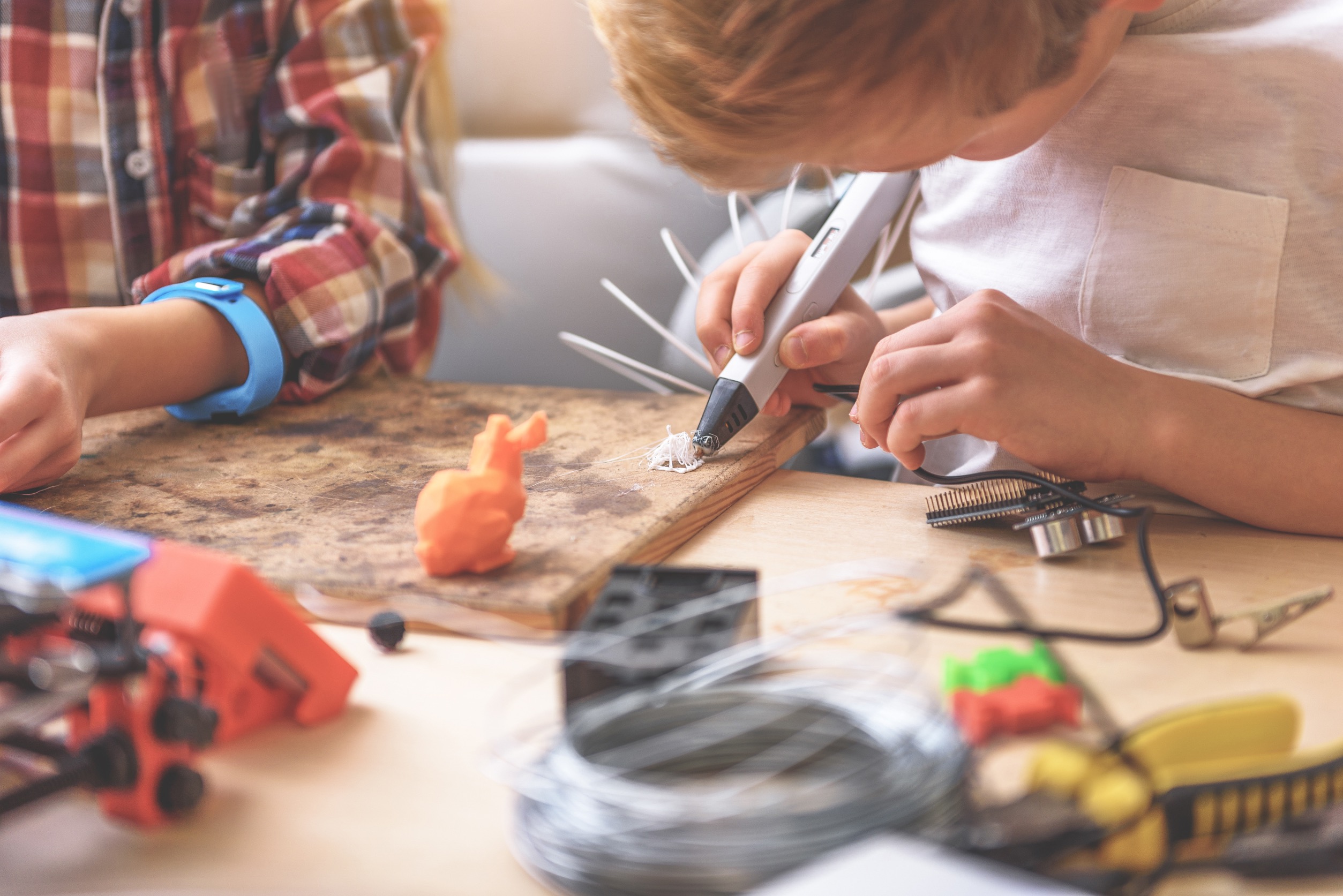Etiquette is Akin to
Using the Right Tool

When I was a child, many of my dad’s irritations came about when we kids didn’t use the right tool… a knife for a screwdriver, the handle of anything as a hammer, pliers as a wrench, trimming scissors to cut cardboard… on and on. It was hard for me, as expediency too often overrode the lesson. But experience teaches us that using a right tool for a particular task is necessary in advancing a person’s know how and can-do practical knowledge through practice.
Using etiquette-ful practices and guidelines when interacting with other people is akin to selecting and using the right tool. When you accept that there are right tools for particular tasks, you accept that situationally, contextually, and relationally when we use our etiquette skills, interacting with others hones purpose and helps you gracefully communicate.
How to Know You’re Using the Right Tool
- The etiquette framework fosters effective and respectful communication between individuals.
- Employing the norms for appropriate language, tone and behavior creates environments of respect, where people can be comfortable being themselves.
- Having learned the social rules of getting along is noticed and appreciated by others and contributes to relationship building.
- Professionally, etiquette-fulness is vital in building a person’s relationships with clients and colleagues, and it is an outward sign of professionalism and reliability.
- When tension or conflict arise, etiquette calms and guides persons back to the basics of listening with care, being constructive and positive, and seeking win-win outcomes.
Becoming etiquette-ful is purposely chosen. It takes will power to harness the self and develop proficiency in navigating social situations. Like tool use, we can learn through practice to employ guidelines and understandings that make us more sensitive to the needs of others and to what is needed in social and professional contexts that benefit not only others but ourselves as well.
This is because when a person decides to learn and employ the specific skills of respectful behavior, the mindset brings benefits of surprise and pleasure as you become more adaptable, friendly, and positive.
Honesty and right intentions build in the habit of reflection and the willingness to grow and change. Friendships are cultivated and warmed through the ongoing practice of mutual effort as friends invest their time, energy, and care. This happens in the context of learning the practices of etiquette.
Practice Using Your Etiquette Tools
- Listen actively and seek to understand another person’s perspectives and concerns.
- Employ your knowledge of good eye contact, engaging facial expressions and open body language.
- Avoid interrupting and speak your mind clearly and concisely with language that is polite and respectful.
- Be a questioner, using open-ended questions that engage the other person to share their thoughts more fully.
- Regardless of how the conversation goes, always look for mutual understanding.
- Put your empathy to work and acknowledge the other person’s situation or point of view.
- Keep your purpose in attending an event or meeting in mind, realizing that others are there for reasons, too.
- Stay focused. If your mind begins to wander, you might summarize what the other person has said. This has the added benefit of others being drawn back into attention.
As my father taught me, proper tool use requires an attitude of respect for the tool and respect for the desired outcome. And remember that kindness to yourself, the learner, is necessary in advancing your skills in the use of any tool.














